Customer segmentation, at its core, is about answering a simple question: “Who are your customers, and why do they buy your products?”
The answer sounds obvious—but getting it right is essential. You can’t improve your business if you don’t understand your customers. And, according to a troubling study by Forrester, most brands don’t. Only 38% of companies can confidently say that they know why their customers choose their brand.
That’s why SurveyMonkey asked Ntara’s customer segmentation expert, Neil Owen, to speak at their 2019 Curiosity Conference. His topic: how survey data can help companies understand what’s really happening with their businesses.

Neil is our data guru. He developed Ntara’s proprietary customer segmentation process. With this methodology, Ntara has helped businesses unlock millions in revenue. In one case, a client yielded a 50,000% ROI.
If you didn’t attend the Curiosity Conference, here are some the key takeaways from his talk.
#1: Test every assumption
“Data is the best path to truth,” Neil says.
Many companies think they know who their customers are but have never tested their theories through data analysis. Instead, they build perceptions of their customers based on old narratives, anecdotal experiences, or on the word of panicked employees telling an executive what they think he wants to hear.
It’s not necessarily malicious, Neil says, but it’s not always the truth. And sometimes, that idea of who your customers are can prevent a brand from building success.
Case in point: Ntara once ran an nSight Customer Segmentation Study for a lodging company. Initially, they believed their customers had no interest in booking their reservations online—purely because of an anecdote.
“There was this great story of a person who actually walked to the front desk and paid with change,” Neil says.
The story made a stir in the company. It left them convinced that all their customers were exactly like this one who’d paid his bill with a jar full of coins. And they bought into that idea so fiercely that they were letting it limit their brand.
But Ntara put the idea to the test. With the help of SurveyMonkey, we ran a customer segmentation study, identified their personas, and created customer journey maps that led them to choose this brand.
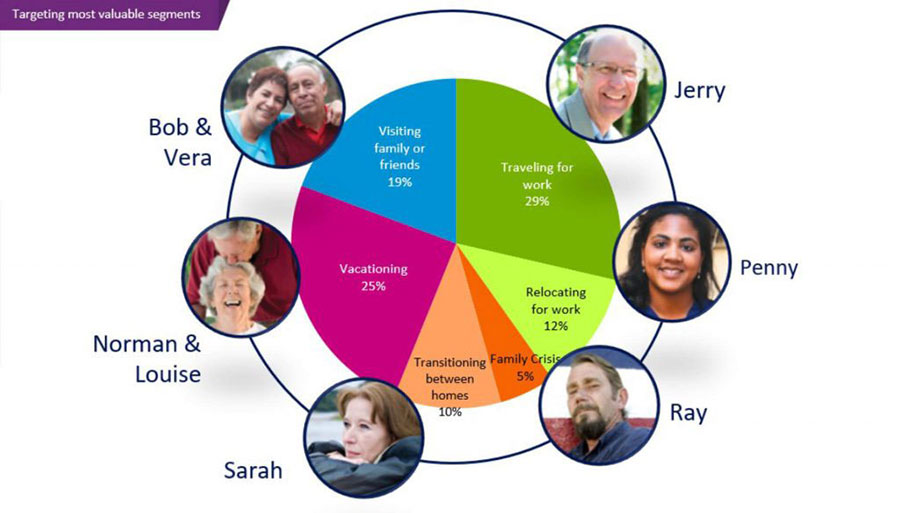
The personas that provided the most value to the brand, they found, weren’t paying with penny jars. They were open to booking reservations online. And once the business understood who they really were, they could reach them in the way they wanted.

Just because one customer pays with a penny jar, Neil says, doesn’t mean he’s the majority of your customers—or that he’s your best customer, either.
“It’s a great story,” he says. “But it’s not the data.”
#2: Let data drive change
“Don’t settle for the ‘we’ve always done it this way’ mentality,” Neil says. “People change.”
That lodging company used their customer segmentation data to drive change, and it had a huge impact on their bottom line.
“Before we engaged, they were lucky to hit a couple hundred thousand dollars a year,” he says. “By the end, they were doing more in a month than they were in a year before.”
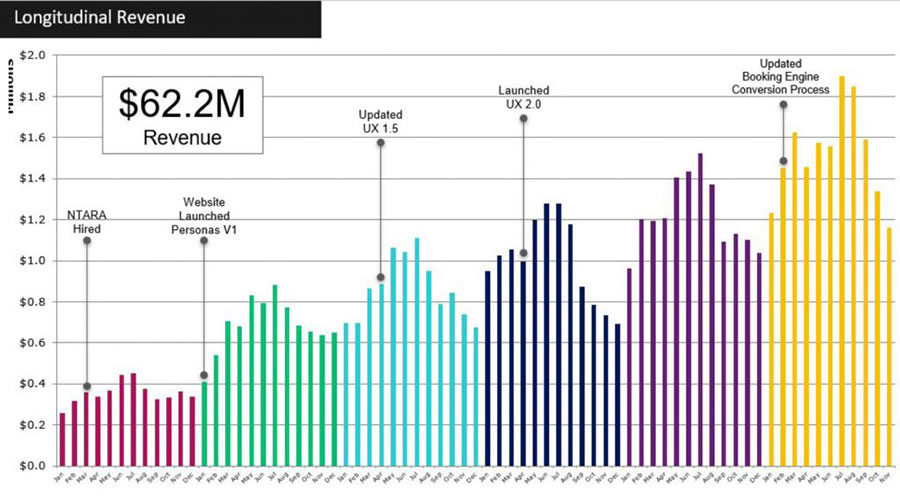
But customer segmentation isn’t just for consumer businesses. B2B companies need to understand their clients, as well. And they need to be able to turn that data into an actionable strategy.
Neil broke down how Ntara helped a B2B company interested in dipping its toes into ecommerce. They needed to understand what their customers wanted—but they also needed turn that insight into profit.
We surveyed their clients to find out who they were, what their respective journeys looked like, and what they each needed from the company. Then, we set our sights on learning how much value each customer represented. So, we looked at the features each customer requested. We weighted those features against their increased spending requirements and the total company revenue.
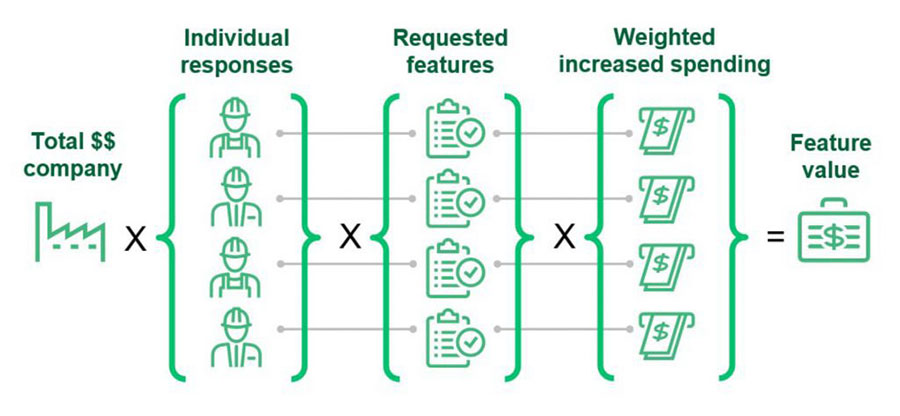
“We were able to go in and identify the real feature value,” Neil says.
With a simple graph, the company could see what their customers wanted and how much value each opportunity would bring their company. They could easily, clearly identify the best steps to turn all that data into real, productive change.
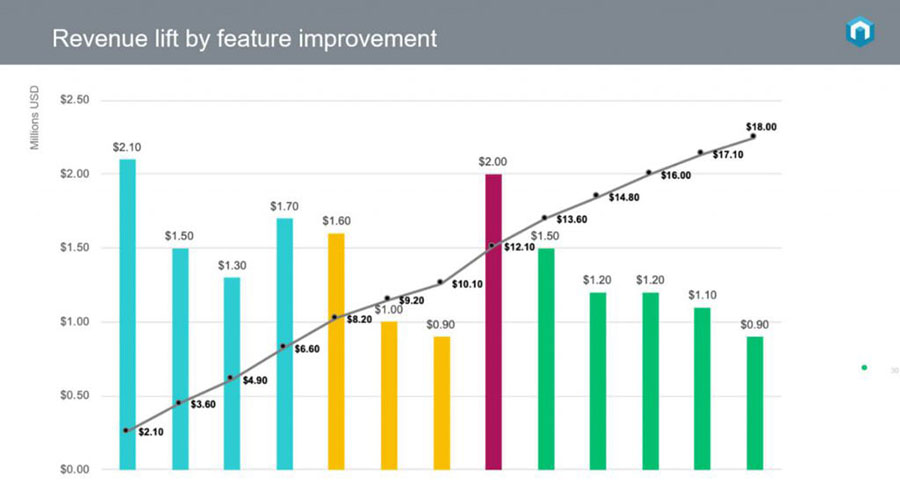
#3: Visualize your customer segmentation data
According to a SurveyMonkey poll, 42% of people prefer data presented in charts, graphs, or infographics. Y’know – like this one:
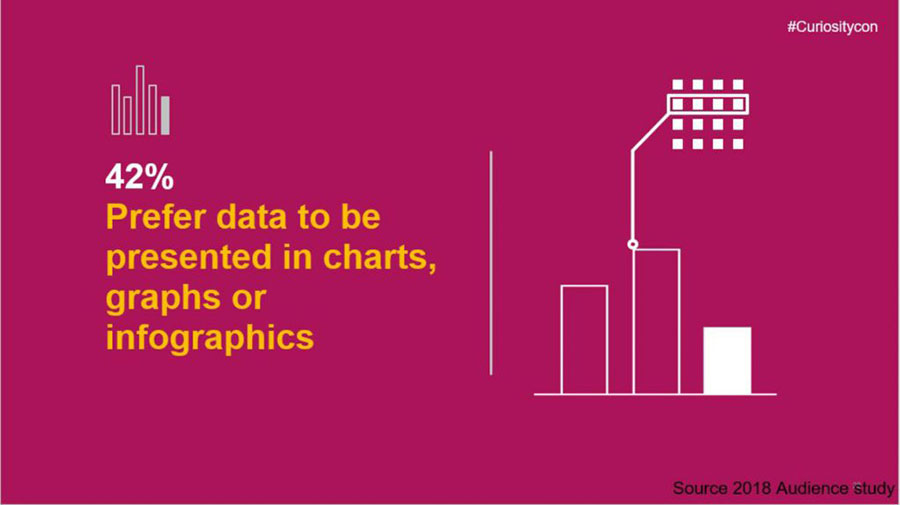
But Neil says: “There are even better ways to do that.”
Ntara doesn’t stop at a single piece of data that fits into a pie chart. We take data from “just about everything we can get our hands on,” he said, and leverage it into a real understanding of our clients’ businesses and their customers.
As an example, he told the story of a client who, among other things, needed to know where to hold training sessions. Ntara found the answer with two simple survey questions. We asked participants how far they’d be willing to drive and the month that worked for them.
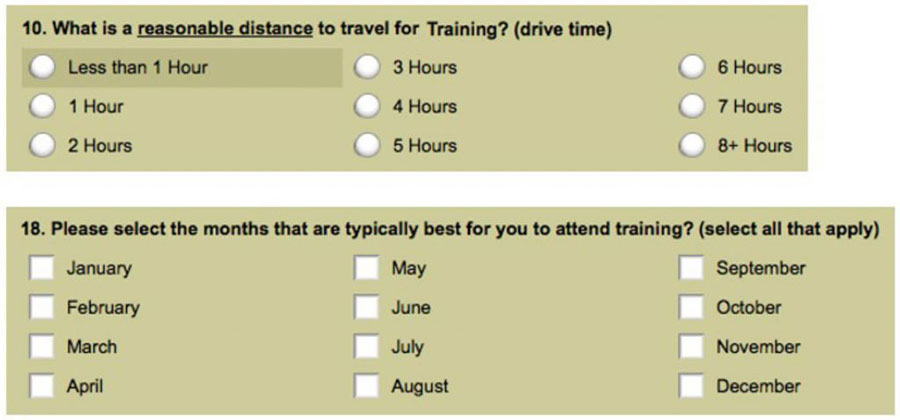
They’re easy questions—but with the help of some of the features in SurveyMonkey and Tableau, we got real, solid answers.
“We were able to encode the GPS coordinates of each of the respondents,” Neil explains. By plugging those data points and the survey answers into Tableau, he says, “we were able to generate not just a bar graph but a heatmap.”
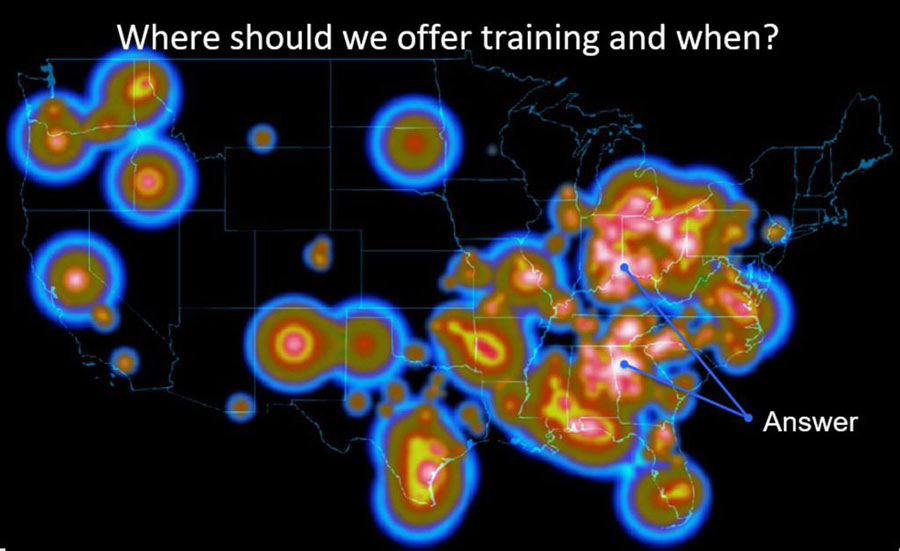
“If you want to make a real difference—if you want to stand behind the decisions you’re making—it can’t just be a hunch,” Neil says. “It’s got to be data-driven.”
The final word
“If you want to make a real difference—if you want to stand behind the decisions you’re making—it can’t just be a hunch,” Neil says. “It’s got to be data-driven.”
That means truly understanding your customers—not just through a hunch, but on real, thorough customer segmentation data analysis.
To learn more about how to make customer segmentation work for your business, read about how to leverage customer data or contact Ntara about our customer segmentation services.